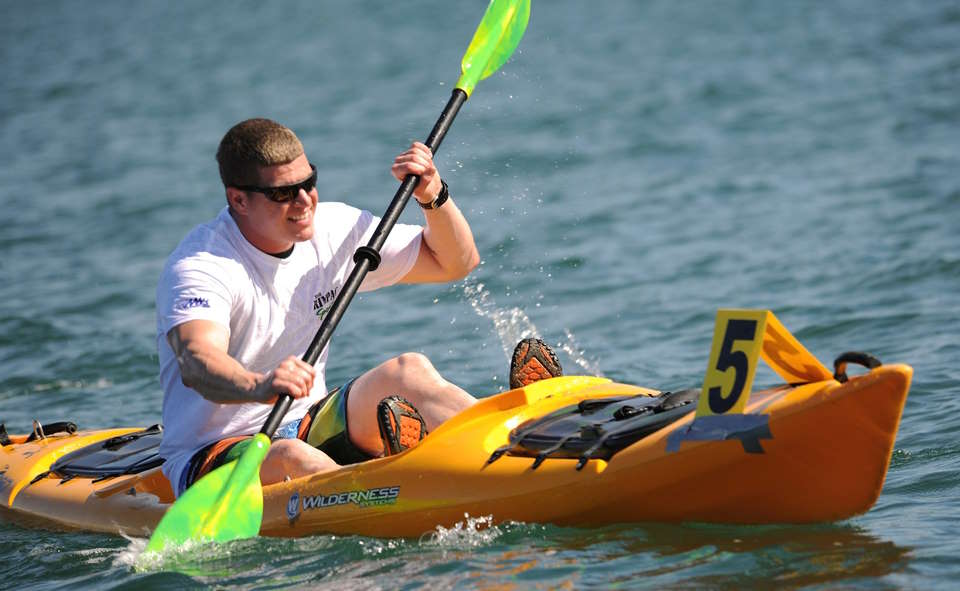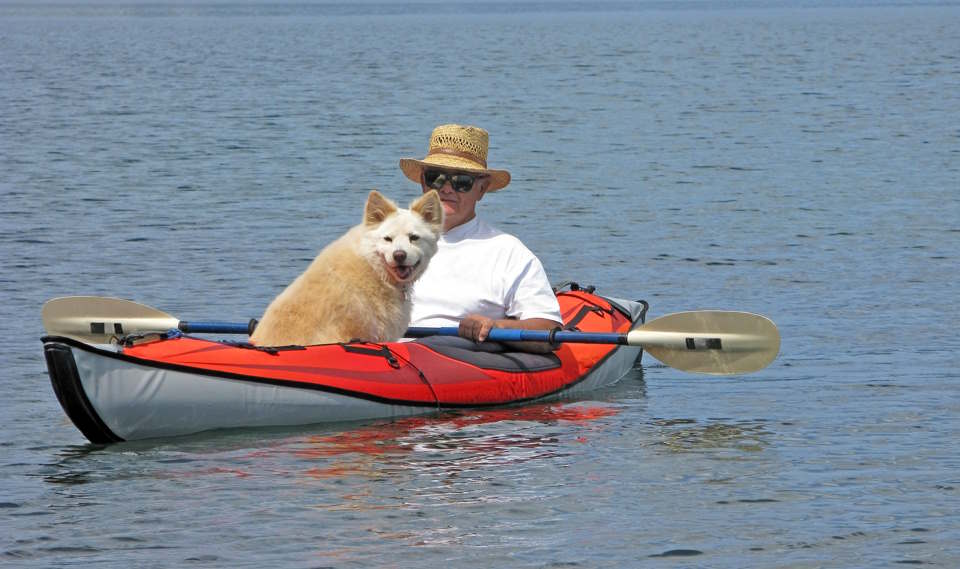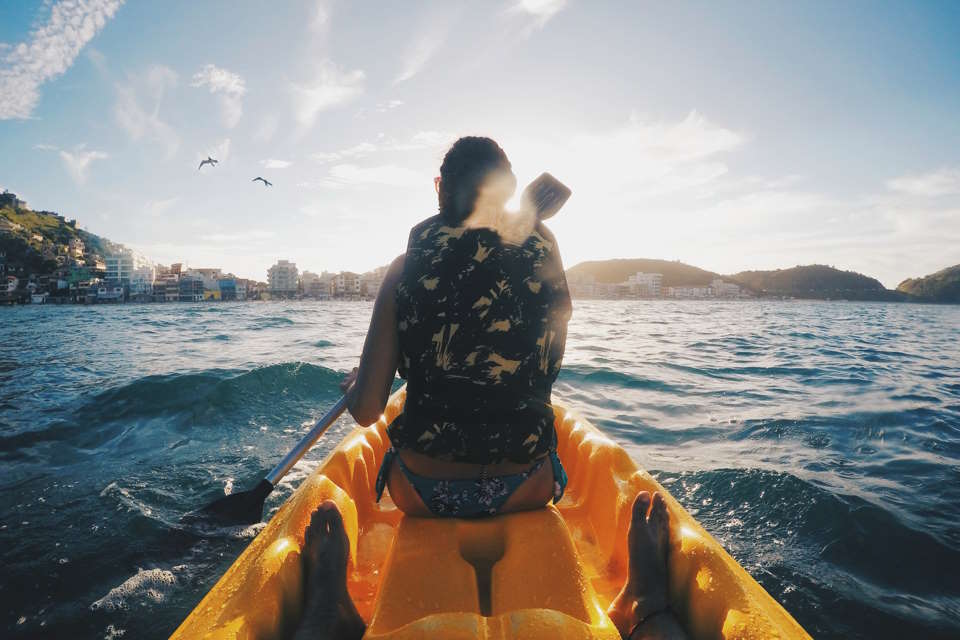Heading out for a kayaking adventure can be an exhilarating and invigorating experience. Whether you are a seasoned kayaker or just starting out, there are several crucial factors to consider to make your trip a success. From choosing the perfect location and gathering the right gear to mapping out your itinerary and ensuring safety on the water, we will guide you through the essential steps to plan and execute an unforgettable kayaking journey. So, before you embark on your next aquatic expedition, let’s dive into the details and ensure a memorable and safe escapade on the water.
Choosing The Perfect Location: Factors To Consider

Choosing the perfect location for your next adventure can be a daunting task. With so many factors to consider, it’s easy to feel overwhelmed. But fear not, fellow explorers! We’ll break down the essential factors to consider when choosing the perfect location for your next escapade.
First and foremost, budget plays a crucial role in determining the perfect location for your adventure. Are you looking for a luxurious getaway or a budget-friendly experience? Knowing how much you’re willing to spend will help narrow down your options and make the decision-making process much easier.
Next, climate and weather conditions are important factors to consider. Do you prefer basking in the sun on a tropical beach or frolicking in the snow-covered mountains? Understanding the climate and weather conditions of your desired location will ensure that you’re prepared for whatever Mother Nature throws at you.
Another important factor to consider is the activities and attractions available in the location. Are you an adrenaline junkie seeking thrilling adventures or a history enthusiast yearning for cultural experiences? Researching the activities and attractions in your desired location will help determine if it aligns with your interests and preferences.
| Factors to Consider | Description |
|---|---|
| Budget | How much are you willing to spend? |
| Climate and Weather Conditions | Do you prefer a tropical paradise or a snowy wonderland? |
| Activities and Attractions | What are the must-see and must-do experiences in the location? |
Lastly, **safety** should always be a top priority. Researching the safety measures and precautions to take in your chosen location is crucial to ensuring a hassle-free and enjoyable adventure. Check out travel advisories, read reviews, and gather information from reliable sources to make an informed decision.
Gathering The Right Gear And Equipment

When it comes to outdoor adventures, having the right gear and equipment can make all the difference. Whether you’re planning a camping trip, a hike in the mountains, or a day on the water, being properly prepared is essential. So, let’s talk about some of the key factors to consider when gathering the right gear and equipment.
Quality over Quantity
It’s tempting to think that more is better when it comes to gear and equipment, but that’s not always the case. Instead of focusing on quantity, it’s important to prioritize quality. Investing in gear that is durable and reliable will ensure that you don’t have to constantly replace or repair items. From hiking boots to camping tents, make sure you choose gear that will stand the test of time.
Research is Key
Before purchasing any gear or equipment, it’s crucial to do your research. Take the time to read reviews, compare prices, and learn about the features and functionality of different products. This will not only help you make informed decisions but also prevent any buyer’s remorse. Whether you’re shopping online or in-store, make sure you know exactly what you’re getting before making a purchase.
Essentials and Extras
When gathering your gear and equipment, it’s important to distinguish between essentials and extras. Essentials are the items that are absolutely necessary for your specific adventure, such as a tent, a sleeping bag, or a backpack. Extras, on the other hand, are the non-essential items that can enhance your experience, such as a camping chair or a portable grill. While extras can be nice to have, it’s important not to weigh yourself down with unnecessary items.
| Essentials | Extras |
|---|---|
|
|
|
|
|
|
Mapping Out The Itinerary: Essential Steps

Planning a trip can be both exciting and overwhelming. With so many destinations to choose from, it can be difficult to narrow down your options and create a cohesive itinerary. However, mapping out your itinerary is an essential step in ensuring a successful and enjoyable trip. By carefully planning each day of your adventure, you can make the most of your time and experience all the highlights your chosen destination has to offer.
When mapping out your itinerary, one of the first things to consider is the duration of your trip. How many days will you be traveling? This will help you determine how much time you have to spend in each location and how many activities you can fit into your schedule. It’s important to strike a balance between visiting multiple destinations and allowing for downtime to relax and explore at a leisurely pace.
Next, consider the distance between each destination. Are you traveling to nearby cities or countries? How will you be getting from one place to another? Will you be driving, taking a train, or flying? These logistics are crucial to consider when mapping out your itinerary. You don’t want to spend excessive time traveling and miss out on valuable experiences at each location.
- Make a list of must-see attractions and activities at each destination. Research popular landmarks, museums, local cuisines, or outdoor adventures that are unique to the area. This will help you prioritize your time and ensure you don’t miss out on any must-visit spots.
- Consider the weather and seasons at each destination. Some activities or attractions may be seasonal, so it’s important to take this into account when planning your itinerary. For example, you may want to avoid visiting a beach destination during the rainy season, or plan your trip to a ski resort during the winter months.
Once you have a general idea of the places you want to visit and the activities you want to do, it’s time to start organizing your itinerary. One helpful tool for this is creating a table. Divide each day into different time slots and assign activities to each slot. This will give you a visual representation of your daily schedule and help you avoid overbooking or underutilizing your time.
| Day | Morning | Afternoon | Evening |
|---|---|---|---|
| Day 1 | Visit museum | Explore local market | Dinner at a local restaurant |
| Day 2 | Hiking in the mountains | Lunch at a scenic spot | Relax at a spa |
| Day 3 | City sightseeing tour | Shopping in the city center | Dinner and live music show |
Remember to allow for flexibility in your itinerary. Unexpected events or new opportunities may arise during your trip, and it’s important to be open to changes. Don’t pack your schedule too tightly, as this can lead to burnout and stress. Leave room for spontaneity and allow yourself to simply enjoy the journey.
Ensuring Safety On The Water: Precautions To Take

Are you planning a fun-filled day out on the water? Whether you’re embarking on a thrilling kayaking adventure or simply enjoying a leisurely boat ride, it’s important to prioritize safety. Taking the necessary precautions can make all the difference in ensuring a safe and enjoyable experience. So, before you set sail, let’s go over some essential tips to help you ensure safety on the water.
1. Wear a life jacket: No matter how experienced you are as a swimmer, always wear a life jacket when you’re on the water. It’s the most important piece of safety equipment that can keep you afloat and save your life in case of an emergency. Make sure the life jacket is properly fitted and secure before you begin your adventure.
2. Check the weather forecast: Before heading out, always check the weather forecast for the day. Avoid going on the water if storms, high winds, or heavy rain are expected. Sudden changes in weather conditions can turn a pleasant trip into a dangerous one. Be prepared and plan your outing according to the forecast.
3. Be aware of your surroundings: While enjoying the water, always be vigilant of your surroundings. Look out for other boats, swimmers, and potential hazards such as rocks or submerged objects. Being aware of your surroundings can help you avoid accidents and navigate safely.
4. Learn basic water safety skills: It’s important to have basic water safety skills, even if you’re not planning to swim or dive. Familiarize yourself with techniques such as treading water, floating, and basic rescue methods. These skills can come in handy if you find yourself or someone else in an emergency situation.
5. Have a communication plan: Before setting off on your water adventure, ensure you have a reliable communication plan in place. This can include carrying a waterproof phone or radio, informing someone on land about your itinerary, and having emergency contact numbers easily accessible. Being prepared with a communication plan can be life-saving in case of an unexpected event.
- Wear a life jacket
- Check the weather forecast
- Be aware of your surroundings
- Learn basic water safety skills
- Have a communication plan
| Precautions | Description |
|---|---|
| Wear a life jacket | Always wear a properly fitted life jacket to stay safe and afloat. |
| Check the weather forecast | Avoid going on the water in unfavorable weather conditions. |
| Be aware of your surroundings | Stay vigilant and look out for potential hazards. |
| Learn basic water safety skills | Familiarize yourself with essential water safety techniques. |
| Have a communication plan | Ensure you have a reliable way to communicate in case of emergencies. |




